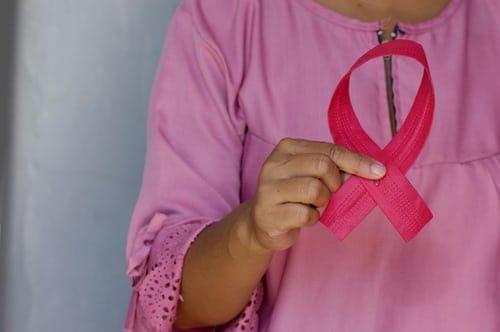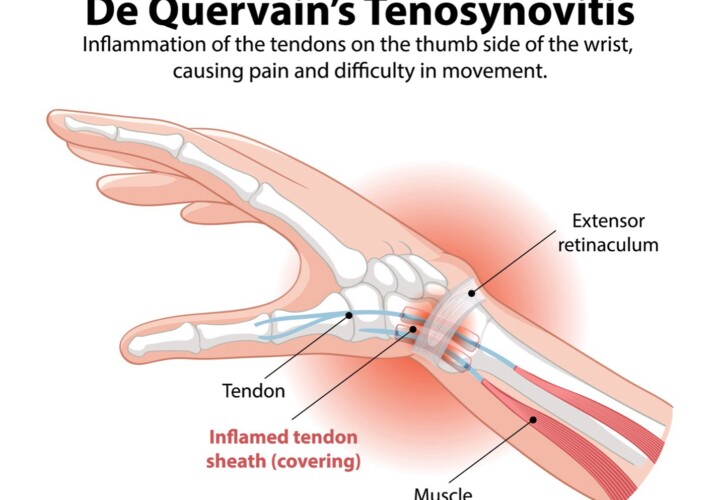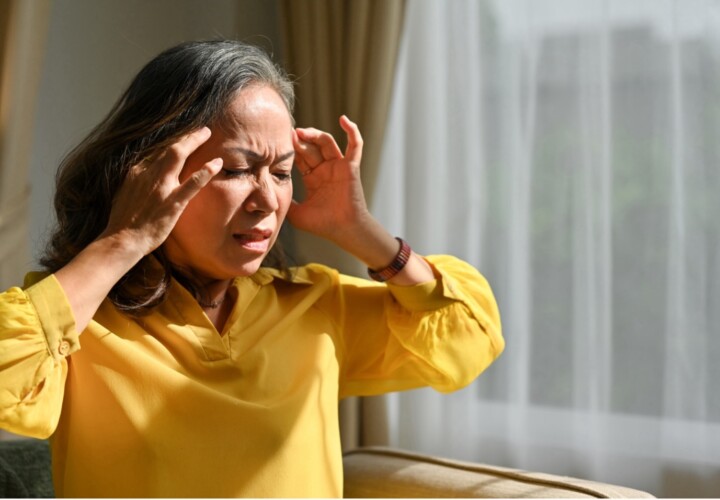Breast Cancer is a disease where cells in a persons breast grow out of control. There are a few types of breast cancer with the most common being invasive ductal carcinoma and invasive lobular carcinoma. Depending on the type you are diagnosed with depends on which cells in your breast turn cancerous.
The Breast
A persons breast is made of three main parts: lobules, ducts, and connective tissue. The glands that produce milk are the lobules, the ducts are tubes that carry milk to the nipple, and the connective tissue surrounds everything and helps hold it together. Most cases of breast cancer develop in the ducts or lobules. When the cancer spreads outside of this area, it is said to have metastasized.
Types of Breast Cancer
As stated previously, the two most common types are invasive ductal carcinoma and invasive lobular carcinoma.
- Invasive Ductal Carcinoma is when the cancer grows outside of the ducts and into other parts of the breast tissue.
- Invasive Lobular Carcinoma is where the cancer spreads from your lobules to the breast tissue close by it.
Each type mentioned above can spread to other areas of the body. Though there are more types of breast cancer such as Paget’s Disease and inflammatory breast cancer, these are less common.
Signs and Symptoms to Look For
While there may not be any signs in the early stages, an abnormality can still be seen on a mammogram. If a tumor is felt, this is usually a sign of a new lump in the breast. However, just because you feel a lump does not mean its cancerous. Because each type of cancer is different, there are a variety of symptoms. While many of these are similar, some are different. Symptoms include:
- Breast Pain
- Red, pitted skin over your breast
- A lump on your breast or thickening of the tissue that feels different from your surrounding tissue and has recently developed
- Swelling in all or part of your breast
- A nipple discharge that is not breast milk
- Bloody discharge from your nipple
- Peeling, scaling, or flaking skin on your nipple/breast
- A sudden, unexplained change in the shape or size of your breast
- Your nipple becomes inverted
- Changes to the appearance of the skin on your breasts
- A lump or swelling under your arm
None of the above symptoms necessarily mean you have breast cancer. However, if you find a lump or something drastically changes, you should see your doctor for further examining and perhaps testing.
Diagnosing Breast Cancer
When it comes to you and me, we are uniquely different. That’s the same for each cancer case, no two are the same. They’re all uniquely different. To create your case, your doctor is going to order a series of tests to be done on the cancer and surrounding tissue. Some tests may be done after your initial biopsy while others will be done after a lumpectomy or mastectomy. After each test, the results will help build your complete pathology report.
Your pathology report provides information your doctor and you need to help make the best treatment choices. Decisions for this depend on knowing certain characteristics. These include:
- The size and appearance of your cancer
- How quickly it is growing
- Any signs of the cancer spreading to nearby healthy tissues
- Whether your hormones or genetic mutations are factors in the cancers growth and development
Male Breast Cancer
Though men typically have less tissue than women, they do have breast tissue and can get breast cancer too! However, it is much more rare. According to the ACS, breast cancer in white men is 100 times less common than in white women. And in black men it is 70 times less common than in black women.
With that stated, men who are diagnosed with breast cancer have just as serious cases as women with the exact same symptoms.
Risk Factors
Though there are several risk factors, having one of the following does not indicate you will develop breast cancer. Some risk factors can’t be avoided (family history) but some can be changed such as smoking. Risk factors include:
- Age
- Drinking Alcohol
- Dense Breast Tissue
- Gender
- Race
- Genes
- Early Menstruation
- Giving Birth at an older age
- Hormone Therapy
- Inherited Risk
- Late Menopause Start
- Never Being Pregnant/ Carrying the full term
- Previous Breast Cancer
Survival Rate
Surviving this type of cancer is widely based on a variety of factors. The type of cancer and the stage at the time of diagnosis are the most important two. Others include, age, gender, race. BUT, survival rates are IMPROVING!
According to the ACS, in 1975, a 5-year survival rate in women was 75.2%. Between the years 2008 and 2014, it increased to 90.6%. Five year survival rates for breast cancer differ and depend on the stage of diagnosis, ranging from 99% for localized.
To schedule an appointment or consultation with us at Hohman Rehab please click here.



